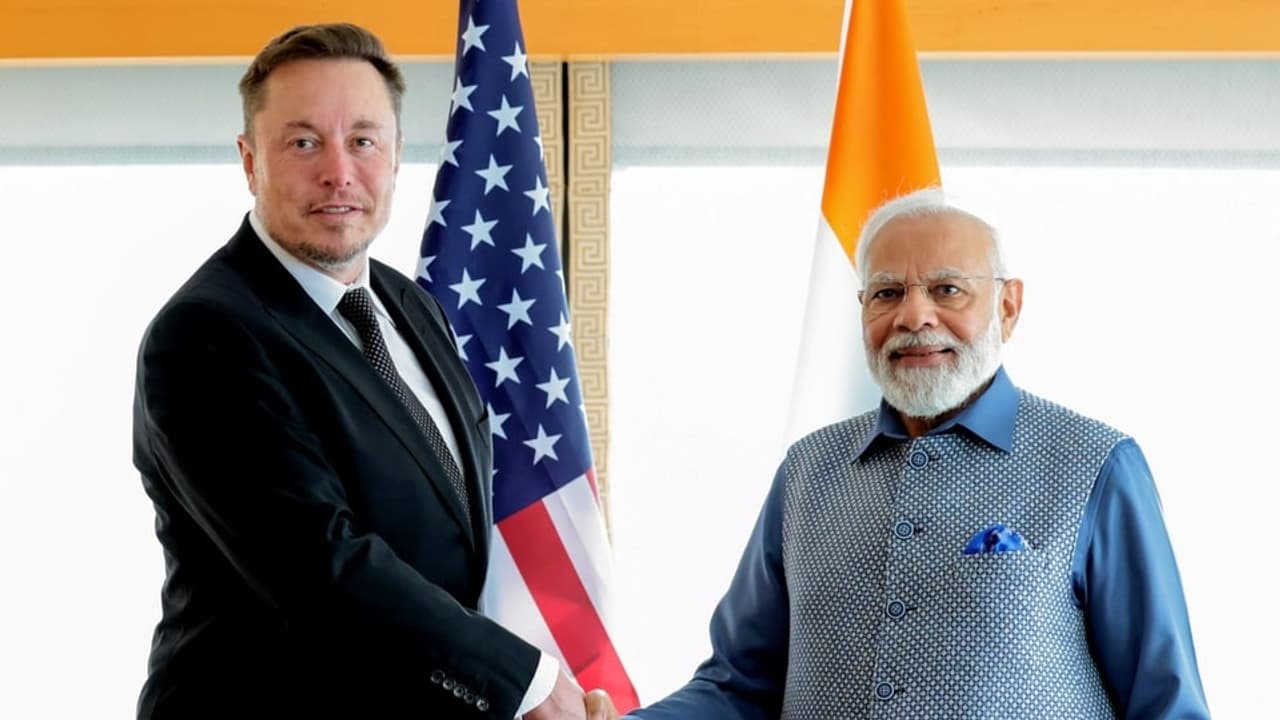Elon Musk’s X has sued the Indian government over sweeping online censorship laws. The platform challenges takedown orders issued via a new government portal, calling them unconstitutional and a threat to free speech in India.
Elon Musk’s social media platform X, formerly known as Twitter, in March filed a lawsuit against the Indian government, challenging the country’s sweeping internet censorship laws. The legal move questioned the government takedown orders that X claims violate freedom of speech and lack transparency. X was reportedly asked to take down several posts deemed as ‘inappropriate from political point of view’. This is the strongest pushback yet from a global tech giant against India’s digital regulations.
Elon Musk vs Indian government
Elon Musk’s social media company X, once known as Twitter, has taken Prime Minister Narendra Modi’s administration to court. The reason? India’s growing internet censorship and how it’s being enforced. This is not just about one post. It’s about the legal system, freedom of speech, and how far governments can go to control online content. And it’s happening in one of X’s biggest user markets, India. In March 2025, X filed a case in the Karnataka High Court. The lawsuit challenges India’s new online content rules and a website called Sahyog, created by the government in 2024 to send takedown notices to platforms like X. According to a BBC report, X says the government is using Sahyog as a ‘censorship portal’, issuing content removal notices without following due legal process. These include posts that mock politicians, share news of stampedes or express political views.
The post that triggered police action
In January 2025, a post on X described a senior ruling party leader as ‘useless’. The post had only a few hundred views, but police in Satara, Maharashtra said it could cause ‘serious communal tension’ and demanded that X remove it. This was one of many similar takedown requests X received, prompting the company to challenge India’s internet rules in court.
What is the Sahyog portal?
The Sahyog portal was launched in October 2024. It allows any government agency or police officer to issue content takedown notices under India’s IT laws. Previously, only high-level officials from the IT and Broadcasting ministries could issue such orders. Now, thousands of officials across the country can use Sahyog to demand removal of any content they deem unlawful. X has refused to join Sahyog and is now fighting it in court.
What X says in its lawsuit, government’s response
X argues that India’s takedown orders violate the Constitution. According to X, many orders target satire, cartoons and news reports. It says that the government is bypassing legal procedures, like giving users a chance to respond and the takedowns are being used to silence critics and suppress political dissent. X also says government agencies are acting without proper checks and are misusing their powers. On the other hand, Indian government has defended its actions, saying that the Sahyog portal is necessary to tackle illegal and harmful content and the takedown orders are just ‘notices’, not legally binding unless platforms fail to act.
Other tech giants like Google, Meta, and Amazon have accepted Sahyog. In court, Indian government claimed that X hosts fake news, hate speech, and content that could threaten public order.
What kind of X posts were targeted?
Reuters reviewed 2,500 pages of court documents. They show that cartoons, such as one of a red dinosaur labeled ‘inflation’, were flagged for takedown. The report added that the posts covering the New Delhi stampede that killed 18 people were targeted. A light-hearted post by a BJP member showing a rival in an astronaut suit also got flagged. Posts criticising Jay Shah, the son of Home Minister Amit Shah, were marked offensive. X says many of these posts are still online because they do not break any laws.
Elon Musk’s business links to India
X’s legal fight comes at a crucial time. Starlink, Musk’s satellite internet company, is planning to enter the Indian market. Tesla has started hiring in India and is looking for showroom space while Musk met PM Modi recently in the US and praised India’s growth potential. Despite this, Musk has chosen to go to court, showing he is willing to challenge even powerful governments over free speech principles. Nonetheless, this is not the first legal fight between X and India. In 2021, Delhi police raided Twitter’s office over a tweet marked ‘manipulated media’. In 2022, Twitter sued the government but lost and had to pay a fine. Under Elon Musk, X appealed that decision and the appeal is still ongoing. In 2023, India called X a ‘habitual non-compliant platform’. Now, the new lawsuit adds even more tension to the already strained relationship.
The Karnataka High Court is yet to give its verdict on the case. Meanwhile, the government continues to send takedown notices. Experts say the case could set a big legal precedent for how much power governments have to censor social media. It could also impact how tech companies operate in India. Elon Musk’s legal challenge in India is about more than just one website. It’s about who controls what we see online and how much freedom users and platforms really have.
